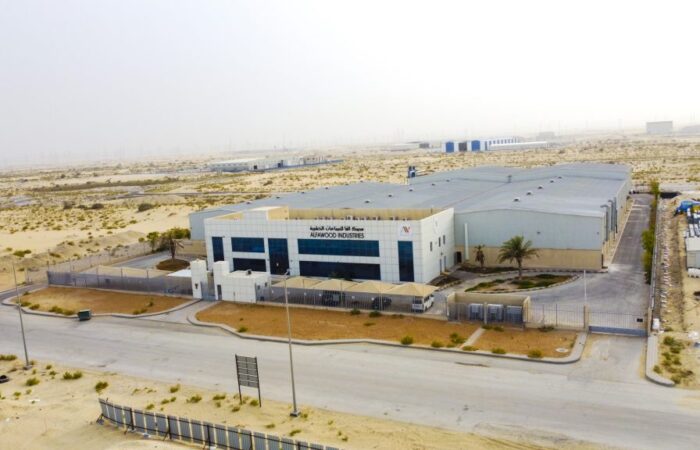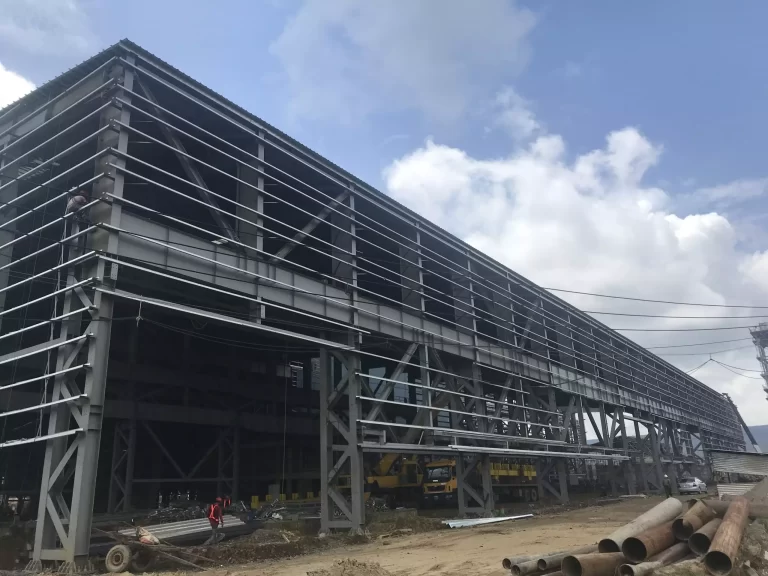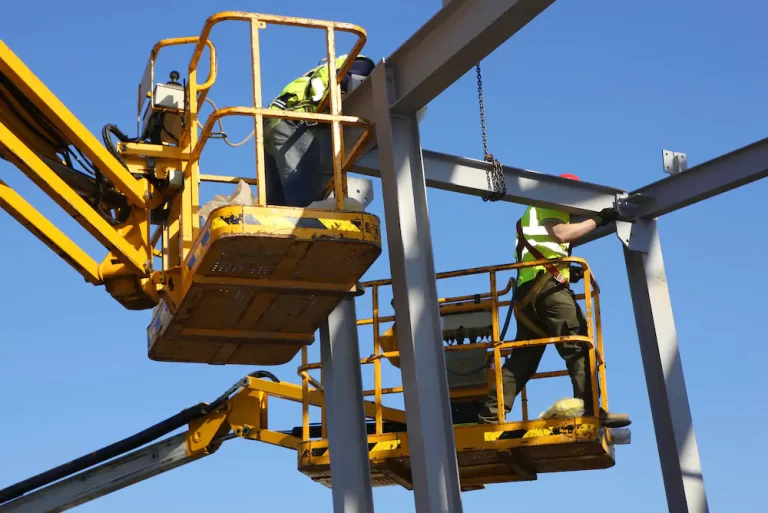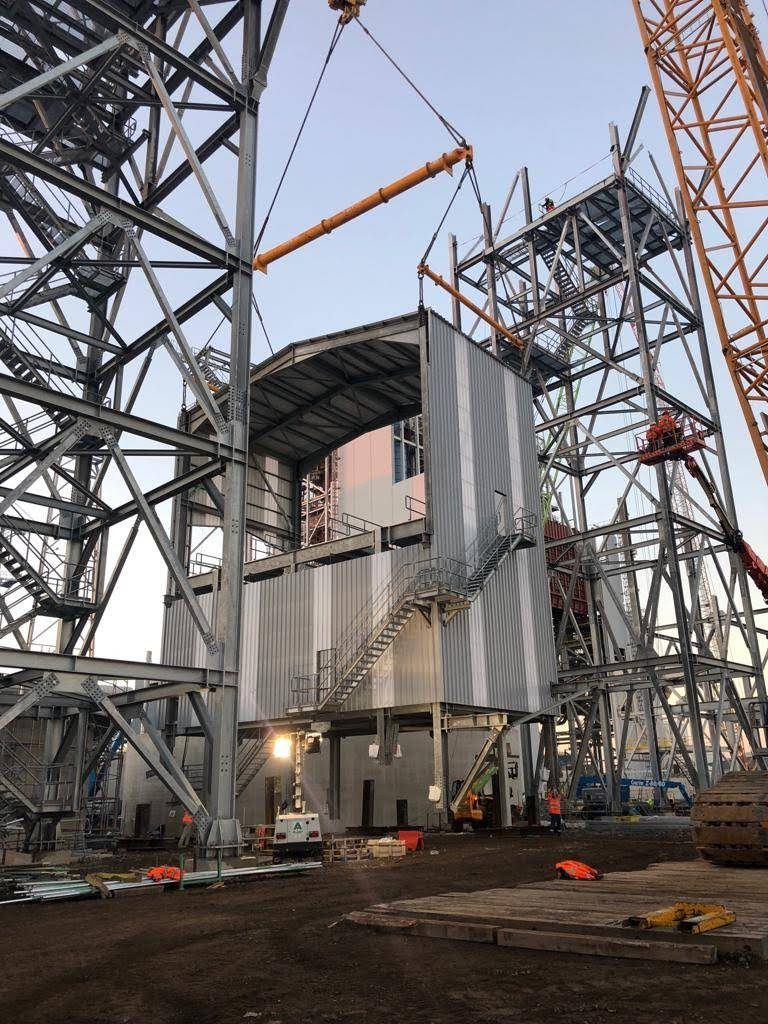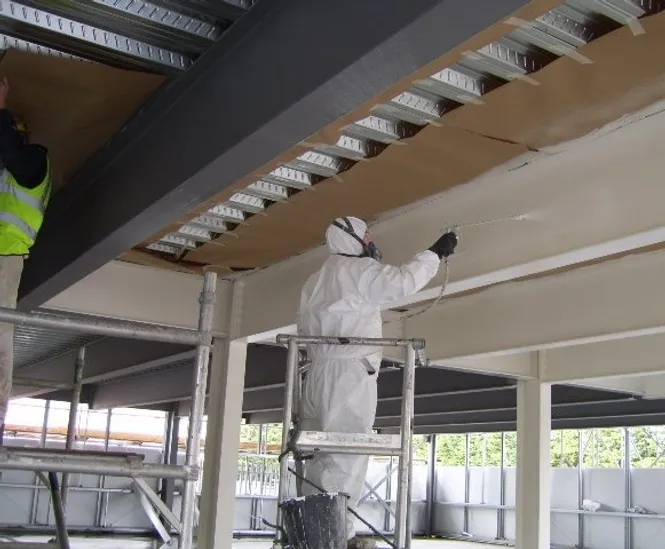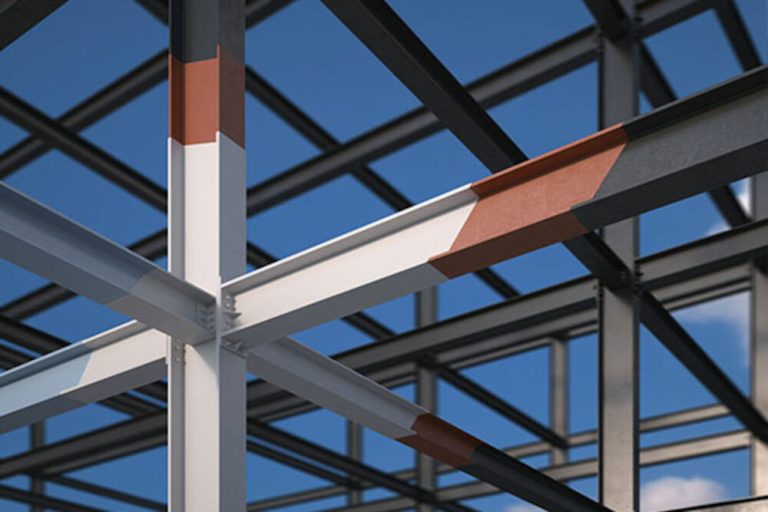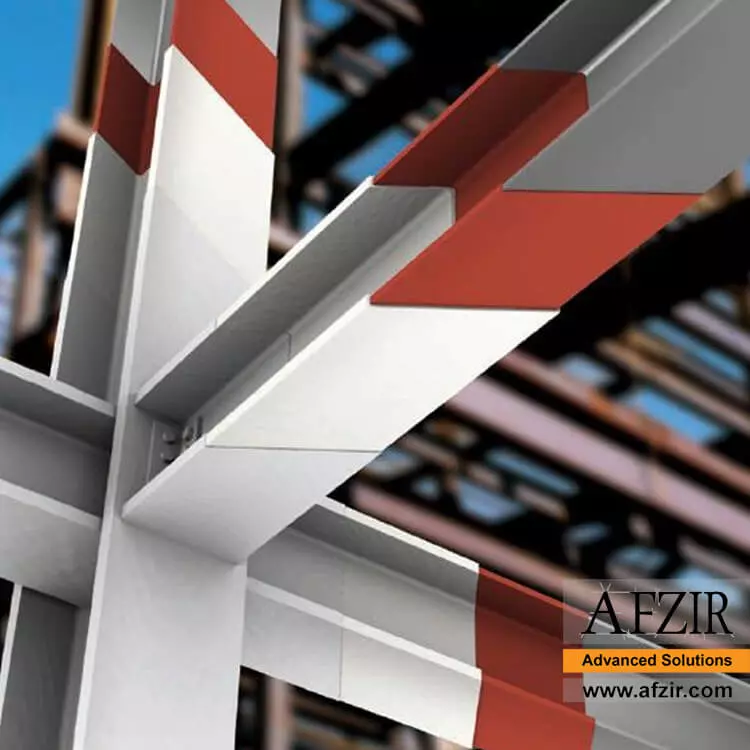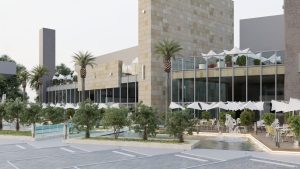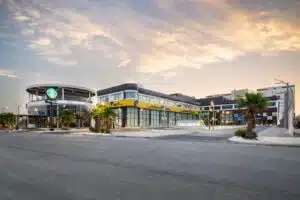Buildings used for factory production come in a variety of different types, each with its own benefits and drawbacks. Some common factory building types that DTC may help you in are single-story buildings, multi-story buildings, warehouses, and hangar-type buildings.
The construction of a factory building can also have a significant impact on its usefulness and productivity. In this blog post, we will take a closer look at the different types of factory buildings and the factors that go into their construction. Stay tuned!
Single-Story Buildings
Single-story buildings are the most common type of factory building, according to DTC. They are typically less expensive to construct than multi-story buildings, and they offer a variety of benefits for factory production.
One benefit of single-story buildings is that they are easier to retrofit for new production technologies. If your factory needs to be updated with the latest production technologies, a single-story building can be more easily adapted than a multi-story building.
Another benefit of single-story buildings is that they typically have higher ceilings than multi-story buildings. DTC believes that this can be beneficial for some types of production, as it allows for taller machines and equipment.
However, single-story buildings also have some drawbacks. One drawback is that they can be more susceptible to damage from weather events such as hurricanes and tornadoes. Another drawback is that, because they only have one floor, single-story factory buildings typically have less space than multi-story buildings.
Multi-Story Buildings
Multi-story buildings are taller than single-story buildings and typically have more floors. DTC experts are adept in structuring such buildings. Multi-story factory buildings can offer a variety of benefits, including more space for production and greater resistance to damage from weather events.
One benefit of multi-story buildings is that they often have large open spaces on each floor, which can be used for production. Multi-story buildings also typically have higher ceilings than single-story buildings, which can be beneficial for some types of production.
Another benefit of multi-story buildings is that they are often more resistant to damage from weather events than single-story buildings. This is because multi-story buildings have a greater weight and wind resistance, which can help them withstand high winds and heavy rain.
However, according to DTC multi-story buildings also have some drawbacks. One drawback is that they can be more expensive to construct than single-story buildings. Another drawback is that, because they have multiple floors, multi-story factory buildings typically have a greater risk of fire damage.
Warehouses
Warehouses are another type of factory building that DTC may provide you help for. Warehouses are typically large, single-story buildings with high ceilings. They are often used for storage or distribution, but some warehouses are also used for production.
Warehouses offer a variety of benefits, including more space for production and storage, and greater resistance to damage from weather events. One benefit of warehouses is that they often have large open spaces, which can be used for production. Warehouses also typically have high ceilings, which can be beneficial for some types of production.
Another benefit of warehouses is that they are often more resistant to damage from weather events than other types of factory buildings. This is because warehouses have a greater weight and wind resistance, which can help them withstand high winds and heavy rain.
However, warehouses also have some drawbacks. One drawback is that they can be more expensive to construct than other types of factory buildings. Another drawback is that, because they are large and single-story, warehouses typically have a greater risk of fire damage.
Hangars
Hangars are large, single-story buildings with high ceilings. They are often used for storage or distribution, but some hangars are also used for production. DTC might help you in the construction of Hangers as well.
Hangars offer a variety of benefits, including more space for production and storage, and greater resistance to damage from weather events. One benefit of hangars is that they often have large open spaces, which can be used for production. Hangars also typically have high ceilings, which can be beneficial for some types of production.
Another benefit of hangars is that they are often more resistant to damage from weather events than other types of factory buildings. This is because hangars have a greater weight and wind resistance, which can help them withstand high winds and heavy rain.
However, hangars also have some drawbacks. One drawback is that they can be more expensive to construct than other types of factory buildings. Another drawback is that, because they are large and single-story, hangars typically have a greater risk of fire damage.
Conclusion
Multi-story factory buildings, warehouses, and hangars all have benefits and drawbacks that should be considered when deciding which type of building is best for a particular purpose. Make sure to contact DTC if you want to overcome this sort of drawbacks and make the most of the construction.

